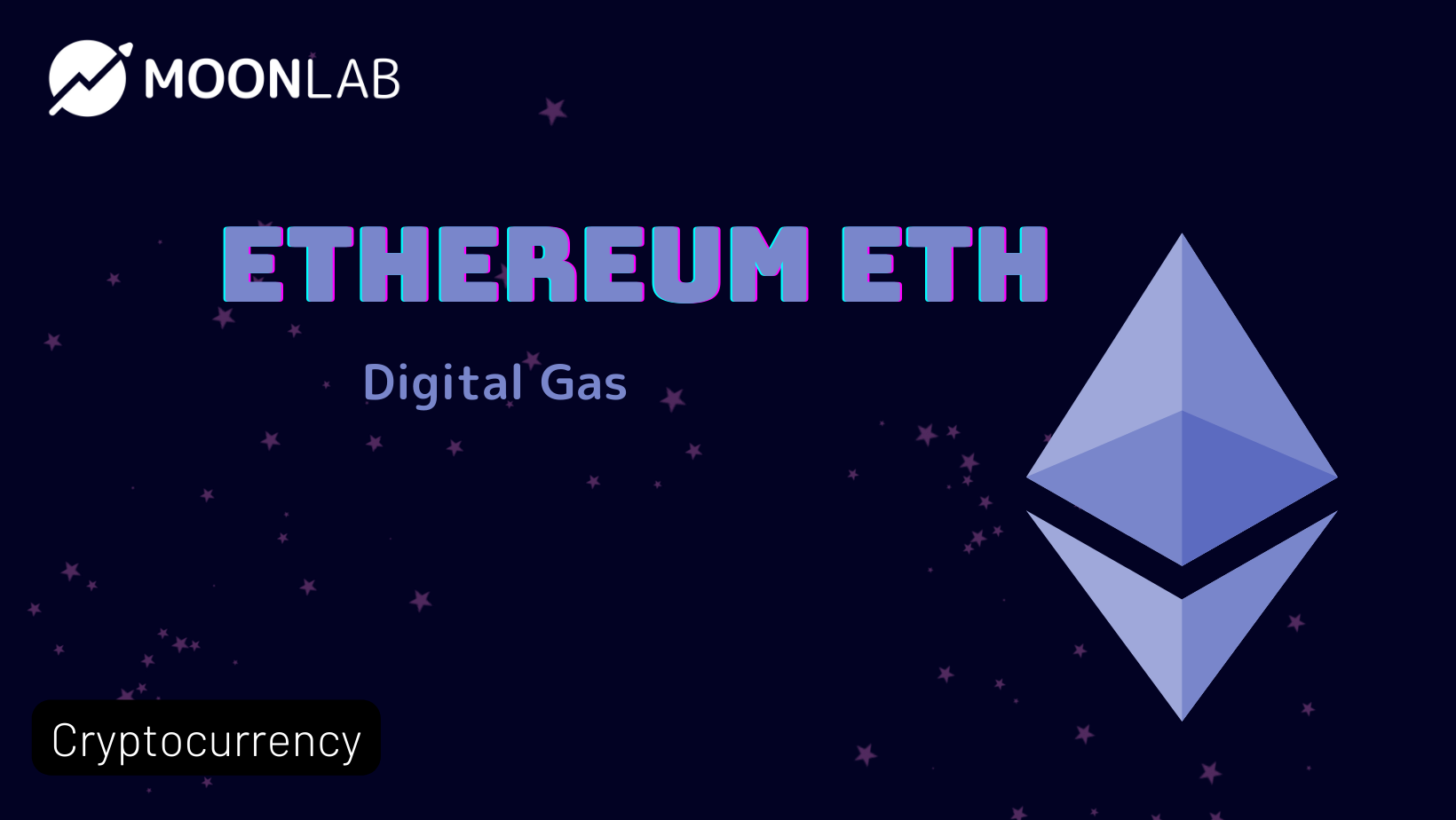
Ethereum ETH: Digital Gas
What is Ethereum?
Ethereum is a decentralized, open-source blockchain with smart contract functionality. It is so much more than Ether, the native cryptocurrency for the platform. Ethereum is programmable, and works with dozens of coins and tokens, even BTC. The native token on the Ethereum blockchain is Ether, or ETH.
Ethereum gave birth to much of what we know as decentralized finance(DeFi) today. DeFi is all of your typical financial services such as exchanges and lending platforms, without any central authority. The central authority is the programming of the smart contracts in use, which are transparent and deterministic.
Ethereum is known as a Layer 1 network. There are various rollups built on top of Ethereum's blockchain designed to scale the volume of transactions; Polygon, Aztec, Optimism, and Loopring are a few notable Layer 2 scaling solutions, each with a different scaling mechanism and purpose.
Despite not having a maximum supply, ETH can be either inflationary or deflationary depending on the network traffic. This is because all of the transaction fees don’t go right to the miners supporting the network; some of those transaction fees are burned, never to be in circulation again.
Ethereum consensus mechanism switched from Proof of Work to Proof of Stake in late 2022.
Founder Vitalik Buterin is still extremely involved in Ethereum’s community, although not as much so in its actual development. Many co-founders, such as Charles Hoskinson, have long left Ethereum to work on other projects.
The ETH dev community is one of the largest and has not stopped growing as users create ERC-20 tokens, build NFT marketplaces, design lending protocols, and more. The widespread adoption and potential of ETH have many people thinking it could dethrone BTC as the largest coin by market cap - referred to as The Flippening.
Alt Layer 1s:
- Cardano
- Solana
- Ethereum Classic
- Avalanche

